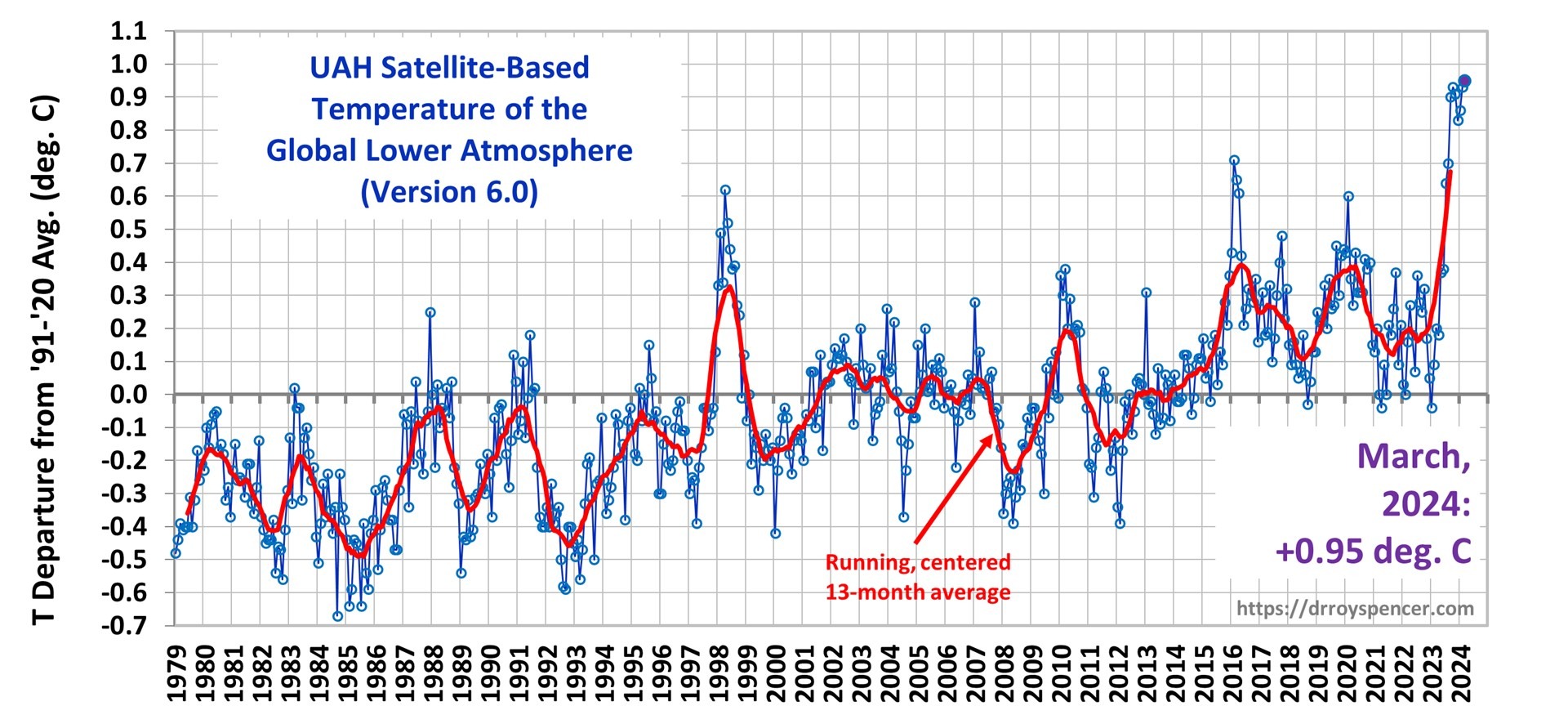From Bloomberg, May 1:
- Nadella announces plan for more AI infrastructure in Malaysia
- Tech companies are targeting Southeast Asia as new growth area
Microsoft Corp. will invest $2.2 billion to build digital infrastructure in Malaysia, the latest in a series of big-ticket bets on Asia’s rising prominence as a technology market.
The company plans to spend the money over four years, constructing infrastructure for its cloud computing and artificial intelligence services, Chief Executive Officer Satya Nadella said during a visit to Kuala Lumpur Thursday. It’ll also give AI training to 200,000 people in Malaysia and work with the government to boost the nation’s cybersecurity capabilities.
Microsoft is vying with the likes of Alphabet Inc., Amazon.com Inc. and Alibaba Group Holding Ltd. to win over businesses in Southeast Asia, a fast-digitizing region of more than 650 million people. Tech companies are expanding their operations in Malaysia and nearby countries such as Singapore, diversifying beyond China to reduce geopolitical risks amid tensions between Beijing and Washington.
“We are committed to supporting Malaysia’s AI transformation and ensure it benefits all Malaysians,” Nadella said at the end of a whistle-stop tour of three countries in the region. In Kuala Lumpur, he met Prime Minister Anwar Ibrahim before addressing business leaders and developers at a company event.
The investment is the biggest by Microsoft in its 32 years in Malaysia and underscores Microsoft’s effort to emerge as a winner in Asia. Nadella has pledged at least $7 billion to build out the company’s services from Japan to India, while touting AI as a growth engine and prodding countries to boost investment in the technology.
In Malaysia, the southern Johor Bahru region — connected by a causeway to Singapore — is emerging as one of Asia’s rising AI data center hotspots....
....MUCH MORE
Recently (April 30): "Microsoft boss charms Indonesia with $1.7B AI, cloud injection"
